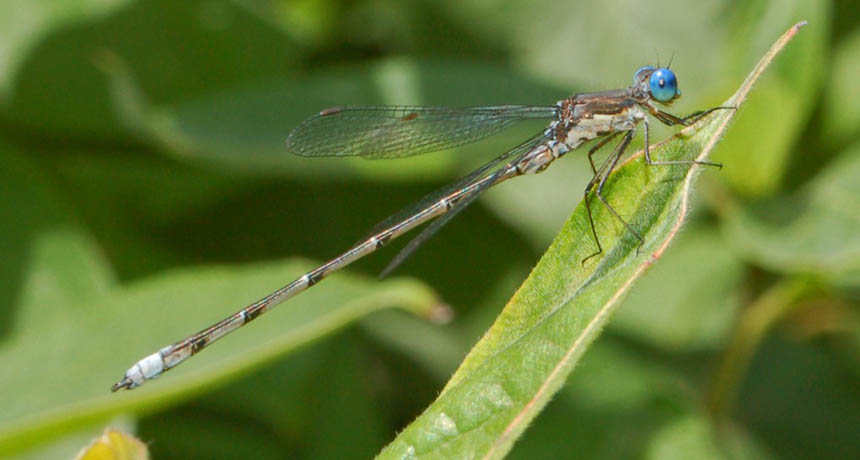Higher temperatures could trigger an uptick in damselfly cannibalism

As youngsters, damselflies sometimes engage in good old-fashioned cannibalism, when larger nymphs make a meal out of smaller ones. A new study shows that rising temperatures could exacerbate this phenomenon.
Hectonichus/Wikimedia Commons (CC BY-SA 3.0)






